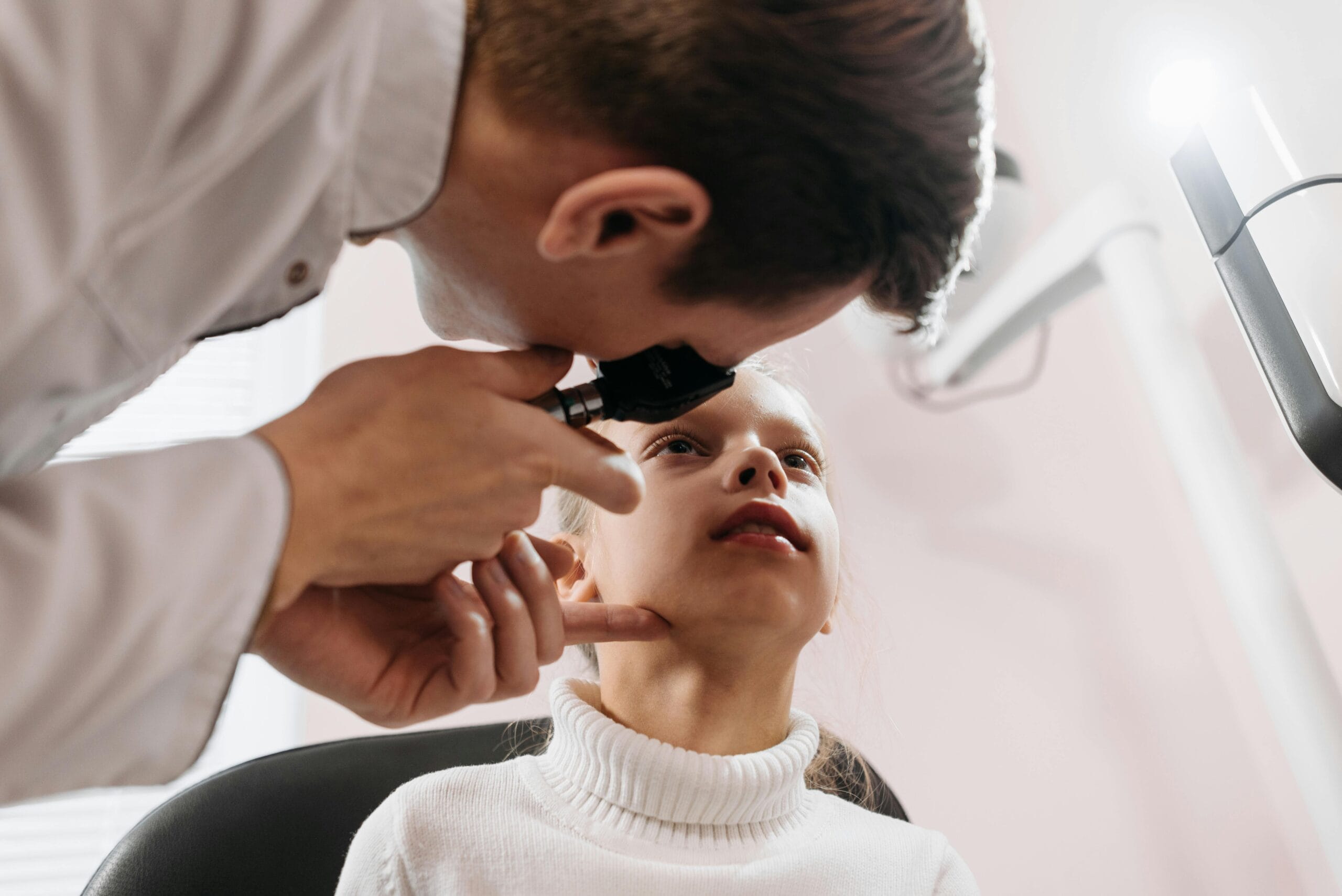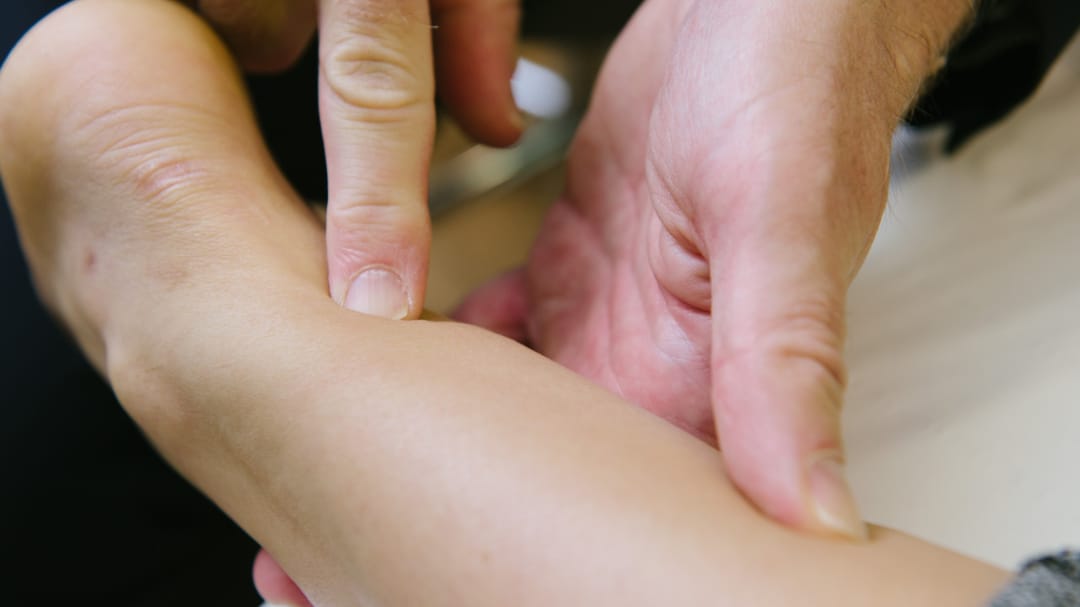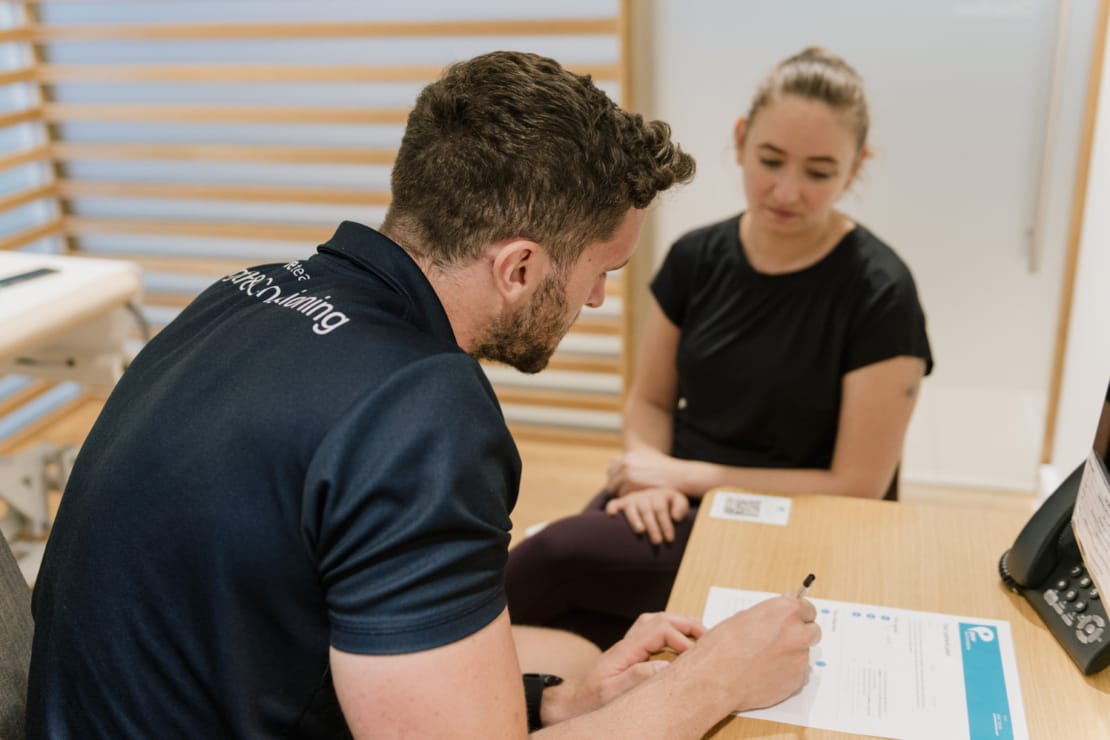The Concussion Blog – How Do We Best Diagnose Concussion Using Vestibular and Ocular-Motor tests?

Dr Theo Farley
Physiotherapist
- 21 September, 2018
- Concussion Clinic
- 3 min read
In this blog we will look at the current evidence around the injury of concussion or mild TBI (I’m not sure that we’ve decided what to call it yet) and consider how the evidence impacts on our management as clinicians working with this injury.

First off we’re going to look at an article by McDevitt et al, from May 2016:
McDevitt , Appiah-Kubi, Tierney, Wright. Vestibular and Oculomotor Assessments May Increase Accuracy of Subacute Concussion Assessment. International Journal of Sports Medicine. 2016 Aug;37(9):738-47.
Before entering in to the details of this article it’s useful to point out that this paper is helpful to anyone looking to gain a better grasp of vestibular and oculomotor assessment. While the list of tests is not exhaustive it does cover ten of the most common assessment techniques and considers how they might be used for concussion assessment.
In this article McDevitt and her team look at Neurocom’s sensory organisation test (SOT), the balance error scoring system (BESS), near point convergence (NPC), horizontal eye saccades (HES), slow and fast smooth pursuit, optokinetic stimulation (OKS), gaze stabilisation (GST), head thrusts (VOR reflex), dynamic visual acuity (DVK) and the King-Devick tool (KD).
The rational for using vestibular and oculomotor assessment was the prevalence of dizziness in concussed athletes (over 50%) and the 6-fold increase in risk of prolonged recovery2 in these patients.
72 collegiate athletes were studied, 60 healthy subjects and 12 concussed athletes with ongoing concussive symptoms lasting between four and 90 days. Testing was conducted on average 28 days post injury (range 2-96 days). Not surprisingly the concussed group had an average of 2.6 concussions and the non-concussed group an average of 0.4 concussions, as we know that an athlete is more likely to suffer a concussion following a previous insult4.
Headline results for this study were the discovery of two test batteries giving a diagnostic accuracy of 98.6% and 94.4%.
A test battery including four SOT sensory ratios (right), near point convergence and the optokinetic signs and symptoms score (two or more symptoms) gave the highest diagnostic accuracy for concussion at 98.6%. For those clinicians that don’t have £55,000 to spend on the SOT kit a slightly more frugal but still relatively accurate approach is the combination of near point convergence, optokinetic signs and symptoms score and the gaze stabilisation tests with a diagnostic accuracy of 94.4%. This battery of test will take the clinician less than 10 minutes, however they are not pitch side assessment tools and there is no mention of their efficacy in the immediate period post injury.
Other interesting results coming from the study included the utility of the BESS test. The BESS test is included as the somatosensory component of the SCAT 3. As a stand-alone test is has a diagnostic sensitivity for concussion of only 8.3% with only one in 12 concussions picked up. Furthermore the BESS has been shown to return to normal within 5 days, probably in part due to the learning effect of repeated tests.
Other tests that correlated heavily with concussion are gaze stabilisation and horizontal eye saccades, which together with near point convergence (right), smooth pursuit, vestobulo-ocular reflex and visual motion sensitivity make up the VOMS assessment tool for vestibular/ocular-motor assessment. This is increasingly used in concussion assessment now.
The results of this study provide an effective diagnostic tool for concussion that is time effective to the clinician and not overwhelming for the injured athlete who’s symptoms may be provocative on initial assessment. As with any concussion assessment, this battery of tests shouldn’t be used in isolation and mechanism of injury and athlete symptoms remain the cornerstone of any assessment, followed by an effective GRTP when considering return to play options.
References
1. Cavanaugh J, Guskiewicz K, Giuliani C, Marshall S, Mercer V, Stergiou N. Detecting altered postural control after cerebral concussion in athletes with normal postural stability. Br J Sports Med 2005;39:805-811
2. Lau BC, Kontos AP, Collins MW, Mucha A, Lovell MR. Which on-field signs/symptoms predict protracted recovery from sport-related concussion among high school football players? Am J Sports Med. 2011 Nov;39(11):2311-8.
3. Sharp D and Jenkins P. Concussion is confusing us all. Pract Neurol. 2015 Jun; 15(3): 172–186.
4. Zemper ED1.Two-year prospective study of relative risk of a second cerebral concussion. Am J Phys Med Rehabil. 2003 Sep;82(9):653-9.

Advice
Over the last 20+ years our experts have helped more than 100,000 patients, but we don’t stop there. We also like to share our knowledge and insight to help people lead healthier lives, and here you will find our extensive library of advice on a variety of topics to help you do the same.
OUR ADVICE HUBS See all Advice Hubs

